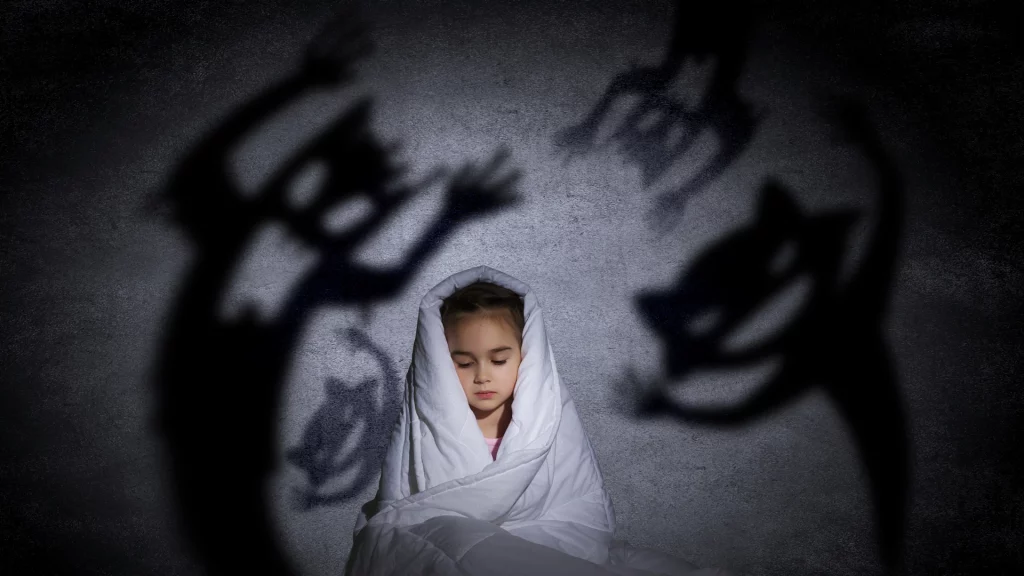Understanding Body Autonomy: Why it is important for children

If an adult is uncomfortable with having physical contact with someone they do not want to interact with, why should children be forced to do it? Child exploitation manifests itself in different forms. Some ways to combat it include adults being observant of the child’s surroundings, being communicative with children, supporting child welfare groups, and teaching children about body autonomy.
This subject can help children identify and/or deal with abuse to equip them with essential knowledge about their body.

Body autonomy is defined as the power of a person to have full control over his/her own body, without external threat or coercion. Everyone – even children – has the right to reject any form of touch from anyone to whom they do not consent. A child’s “No” is still a “No”.
As equally critical to teaching children, adults should realise the highest level of importance about a child’s consent. Children are already aware of their bodies and know when they are uncomfortable, regardless of their relationship or familiarity with another person. Even if it’s a “sign of respect” to hug a relative during a reunion, if a child disapproves, adults should refrain from doing it. Respecting a child’s decision about what to do with their body empowers them. It will teach them that they are the only ones who have the right to govern their bodies and help them deal with abuse.
Here are some guides and reminders on how to teach children about body autonomy:

Call each part what it is

There is no malice in calling our genitals what they are. No one is “too young” to be taught the right names for their body parts. Genitals are just like any other part of the body; they have a purpose. Therefore, there should be no shame in referring to them as they are. By encouraging children to use the right names for their genitals, they will be more likely to speak up if they have been abused. Giving nicknames to genitals only reinforces the idea that it is shameful to talk about the parts and, in the long run, may be harmful to children. When a child reports that someone touched their “cookie”, people might mistake it for actual food and disregard the child’s concern.
Storybooks and age-appropriate resources can help explain the concept of body autonomy in a relatable way. Look for books that address consent, boundaries, and body ownership.
The importance of consent

Children learn to say “No” early. It should be treated as valid as an adult’s no, if not more serious. They should not be viewed as being disrespectful when they say “No” to adults. And equally, teaching a child about consent means that they should also value the consent of other people. They should learn to always ask for it before doing anything, especially physical contact with someone.
Teach children about the concept of consent by using examples in daily life. For instance, ask for their permission before giving them a hug or holding their hand, showing them that their choices matter.
Setting boundaries
Helping children identify their boundaries will make it easier for them to understand the situations they are in. Adults should let children identify and decide what kinds of touch they are comfortable with, and what they are not. It is very crucial that children are taught that uncomfortable touches from relatives, loved ones, and friends are no exception.
Encourage children to express their comfort level when it comes to physical contact. If they don’t want to hug or kiss someone, respect their choice and explain that they have the right to decide who touches them.
Identify trustworthy adults

Shoplifters (2018) from Cincinatti World Cinema Shoplifters Short Clip
Help children identify at least five (5) adults they can turn to when something happens to them. It is usually helpful if most of them are not from the child’s family since they tend not to tell their parents or family members.
Teach children about trusted adults they can talk to if they ever feel uncomfortable or confused. This could include caregivers, teachers, or school counselors.
Remind them it’s not their fault
Reassure them that if something happens to them, it is not their fault and that they will not be in trouble speaking up. An adult’s initial response to victims should be to believe them and protect them. Children should not be invalidated because an adult’s reception will be detrimental to their development and future actions dealing with similar situations.
Create an environment where children feel comfortable talking about their bodies and feelings. Encourage open communication and assure them that they can always come to you with questions or concerns.
Teaching children body autonomy may prevent abuse, or in severe cases, prevent it from being hidden. Abuse is a difficult issue to tackle and deal with. Ultimately, though, it is an adult’s duty to provide a safe world for children. Children should not be expected to bear the burden of protecting themselves against abuse or dealing with abuse on their own. Knowledge of body autonomy can only do so much if abusers roam freely. At the end of the day, adults should be vigilant and hold predators accountable. Make no mistake; the only way to prevent abuse is to ensure that there are no abusers.
Disclaimer: In support of our advocacy for child protection, the following content is solely for educational purposes. The Studio Bridge is not liable for any inaccuracy or misrepresentation herein.
About The Author
Gian Suarez
He is a visionary storyteller who brings his writing and brand development skills to the team. He provides unconventional solutions to projects through thorough analysis and deconstruction. Gian is a filmmaker, a banana bread critic, and a milk tea connoisseur, among others.